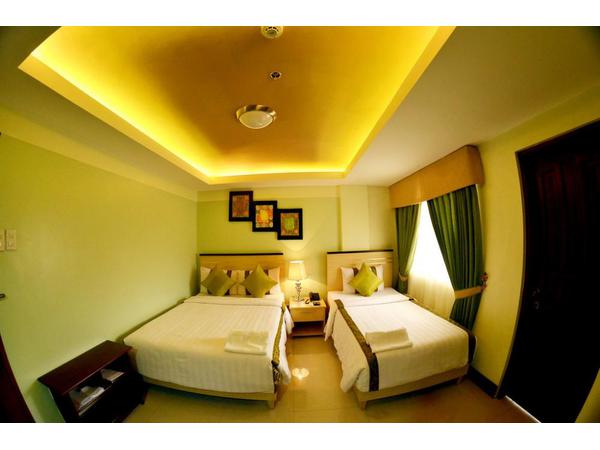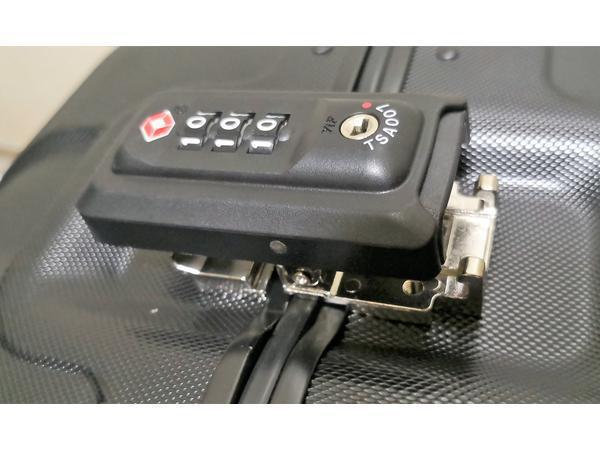Tourist Attractions South of Cebu: The Famous Oslob, Cebu
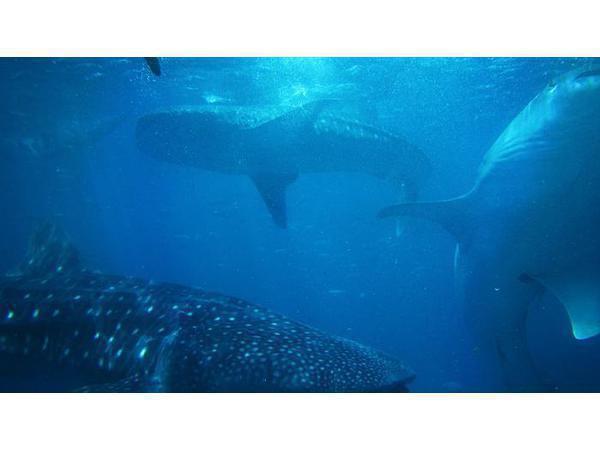
The town of Oslob was founded in 1848 and consists of 24 barangays. Oslob is home to the second highest peak in Cebu which rises above 2,600 ft. or 800 MASL (Meter Above Sea Level).
Like many towns, Oslob celebrates their own festival -- they call it the “Toslob Festival”. This festival was originally named as “Sadsad”, then renamed to “Sadsadayon” and eventually into “Toslob”.
More of this series: Tourist Attractions South of Cebu
Show All- Tourist Attractions South of Cebu: Experience Talisay City
- Tourist Attractions South of Cebu: What Minglanilla Has to Offer
- Tourist Attractions South of Cebu: What to See in the City of Naga
- Tourist Attractions South of Cebu: The Stars are Bright in San Fernando!
- Tourist Attractions South of Cebu: Hello, Carcar City!
- Tourist Attractions South of Cebu: Historic Argao
- Tourist Attractions South of Cebu: Let’s Head to Sibonga!
- Tourist Attractions South of Cebu: To Alcoy We Go
- Tourist Attractions South of Cebu: Dalaguete, the Summer Capital of Cebu
- Tourist Attractions South of Cebu: Historic Boljoon
- Tourist Attractions South of Cebu: The Famous Oslob, Cebu
- Tourist Attractions South of Cebu: Scenic Samboan
- Tourist Attractions South of Cebu: Gorgeous Santander
- Tourist Attractions South of Cebu: Ginatilan
- Tourist Attractions South of Cebu: Alegria - OneCebu.com
- Tourist Attractions South of Cebu: Pinamungajan
- Tourist Attractions South of Cebu: Dumanjug, the Land of Friendship
- Tourist Attractions South of Cebu: Moalboal
- Tourist Attractions South of Cebu: Aloguinsan
- Tourist Attractions South of Cebu: Badian
- Tourist Attractions South of Cebu: Ronda
- Tourist Attractions South of Cebu: Malabuyoc
- Tourist Attractions South of Cebu: Barili
Why was the festival named Toslob?
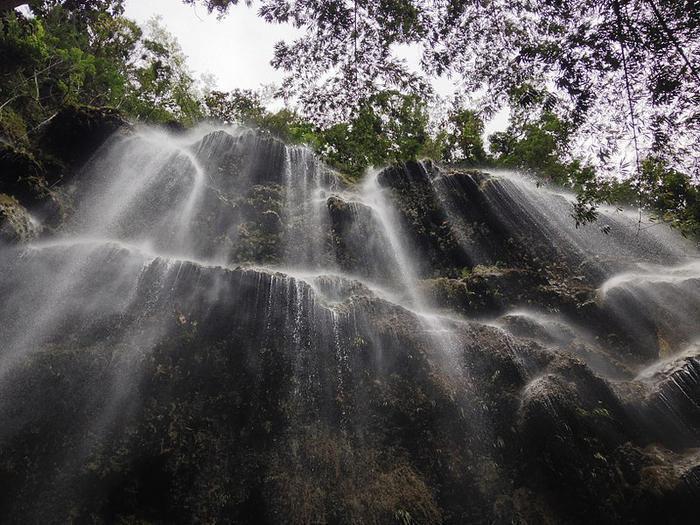
Toslob refers to the falls located in Brgy. Luka. The waterfalls has other names too. Its other names are Tumalog Falls and Mag-ambak Falls. “Toslob” means “to dip” into the water.
Which brings us to our first tourists recommendation: Toslob, Tumalog or Mag-ambag Falls.
The waterfalls looks like it’s covering the whole cliff with crystal waters. The photos don’t do it justice. It is absolutely breathtaking. If you’re planning to visit and take a look at the waterfall, the road is absolutely accessible! It’s cemented and you can ride a motorcycle (or habal-habal). For those whose legs are sturdy enough for the trek, you can walk too.
Our Lady of the Immaculate Conception Church of Oslob
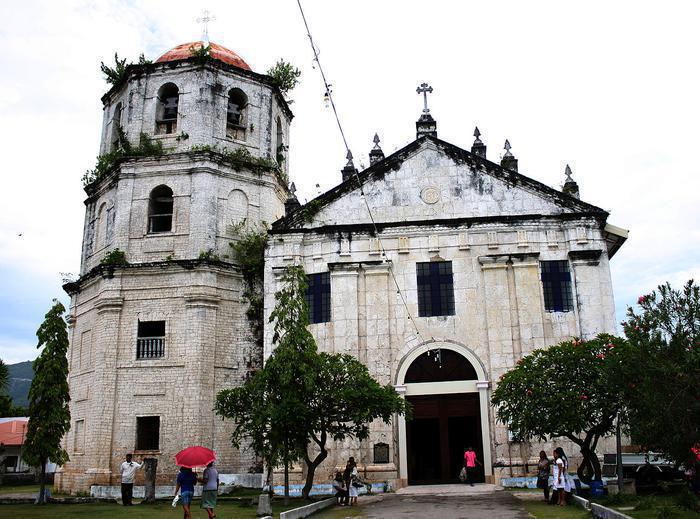
Our Lady of the Immaculate Conception Church of Oslob became visita of Boljoon and an independent church in 1690. The church was constructed in 1843. Because it was built with coral stones, it took 18 years to complete. The adjacent bell tower was built around 1858. The first church was burned down during World War ll in 1945, and eventually restored in 1955.
The Baluarte
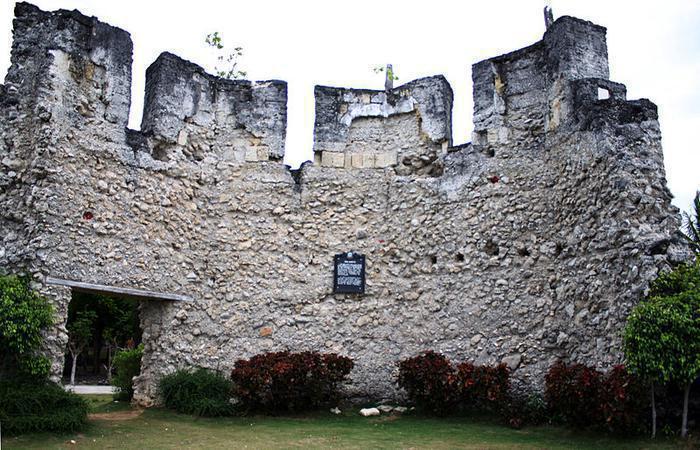
The Baluarte is one of the watchtowers in the town. It was built in 1788 and still stands to date. The word “Baluarte” is a spanish word for a watchtower.
It served as a safe place for local residents to guard the shorelines from raiders. Way back in 1815, the town once repel an attack and remained peaceful since then.
The Cuartel
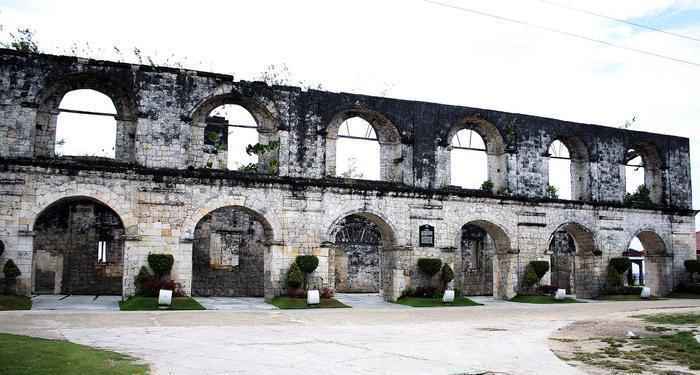
The construction of the Cuartel started in year 1860 but wasn’t completed due to the arrival of the American troops. This was supposed to be a military barracks for Spanish soldiers. It was made of coral stones from the Our Lady of the Immaculate Conception Church’s collapsed floor.
Museo Oslob
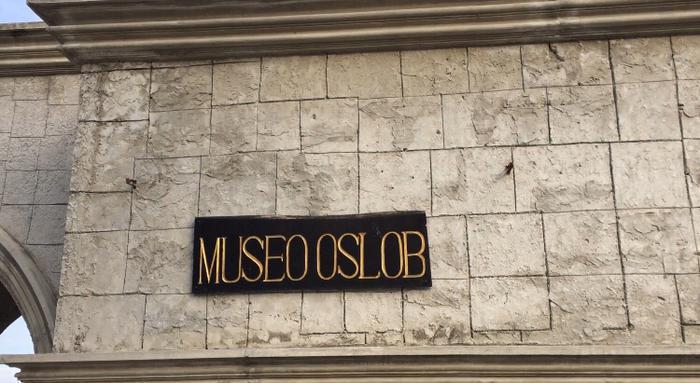
There is no entrance fee collected in Museo Oslob, but sad to say, taking images are strictly prohibited. The location is just right next to Cuartel.
Sumilon Island
Source: bluewatersumilon.com.phSumilon Island is the first marine protected area in the Philippines, set up in 1974 under the protection of Silliman University Marine Reserve of Dumaguete, Negros Oriental.
It is a 24-hectare (59 acres) coral island in the coast of Brgy. Bancogon, Oslob. The island was owned by Sumilon Bluewater Island Resort and developed to be an eco-friendly tourist attraction. You can visit during the day to your heart’s content, but if you want to spend a night on the island, you must check in to the Bluewater Resort.
In Sumilon, there are 4 Dive sites:
- Garden Eel Plaza
- Nikki’s Wall
- Coral Landscape
- Julie’s Rock.
You can also set up a picnic, hike, trek, bird watch, go paddling or just tour the island.
Whale Shark Watching
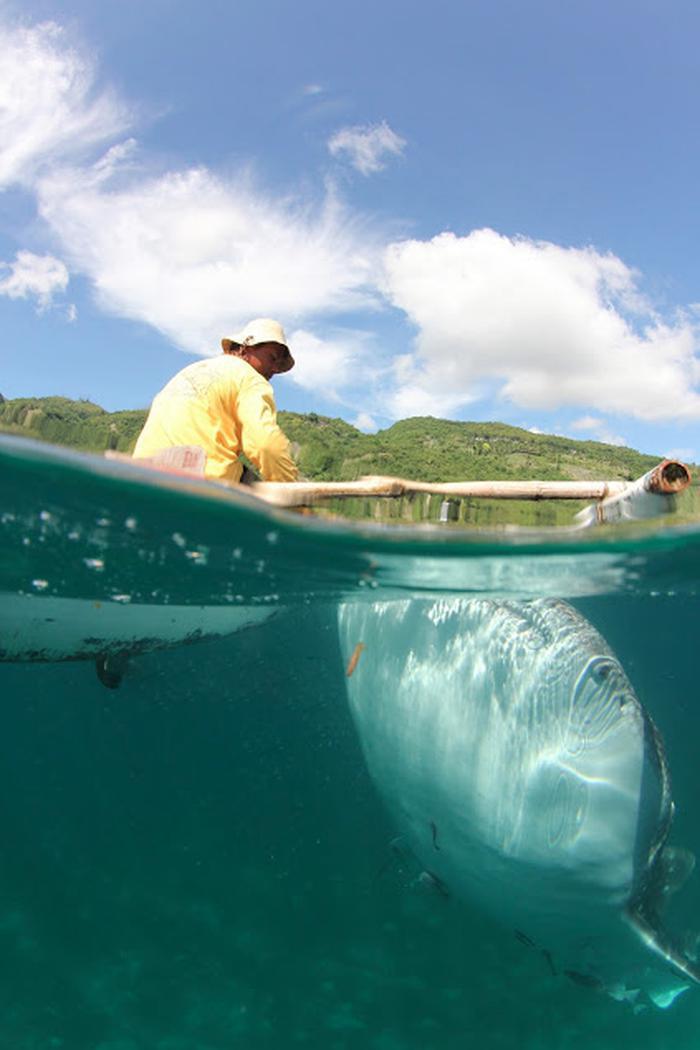
Whale Shark (Gentle Giants) is also called as “Tuki” by local residents. It became famous when some tourist was amused and entertained by the whale shark fed by the local fishermen.
You can view the whale sharks at a certain location in Brgy. Tan-awan, Oslob. You can swim with the whale sharks but you are not allowed to touch them. Remember that there are guidelines to follow if you want to proceed.
Do check out this related article if you want to know more about whale watching in Oslob. It will tell you how to get there, what to prepare and what to expect: Whale Watching at Tanawan, Oslob
And this: Tips for Tourists Series: 5 Essential Items You Need for Your Oslob Whale Shark Watching Trip.
More of this series: Tourist Attractions South of Cebu
Show All- Tourist Attractions South of Cebu: Experience Talisay City
- Tourist Attractions South of Cebu: What Minglanilla Has to Offer
- Tourist Attractions South of Cebu: What to See in the City of Naga
- Tourist Attractions South of Cebu: The Stars are Bright in San Fernando!
- Tourist Attractions South of Cebu: Hello, Carcar City!
- Tourist Attractions South of Cebu: Historic Argao
- Tourist Attractions South of Cebu: Let’s Head to Sibonga!
- Tourist Attractions South of Cebu: To Alcoy We Go
- Tourist Attractions South of Cebu: Dalaguete, the Summer Capital of Cebu
- Tourist Attractions South of Cebu: Historic Boljoon
- Tourist Attractions South of Cebu: The Famous Oslob, Cebu
- Tourist Attractions South of Cebu: Scenic Samboan
- Tourist Attractions South of Cebu: Gorgeous Santander
- Tourist Attractions South of Cebu: Ginatilan
- Tourist Attractions South of Cebu: Alegria - OneCebu.com
- Tourist Attractions South of Cebu: Pinamungajan
- Tourist Attractions South of Cebu: Dumanjug, the Land of Friendship
- Tourist Attractions South of Cebu: Moalboal
- Tourist Attractions South of Cebu: Aloguinsan
- Tourist Attractions South of Cebu: Badian
- Tourist Attractions South of Cebu: Ronda
- Tourist Attractions South of Cebu: Malabuyoc
- Tourist Attractions South of Cebu: Barili
Whale Watching at Tanawan, Oslob
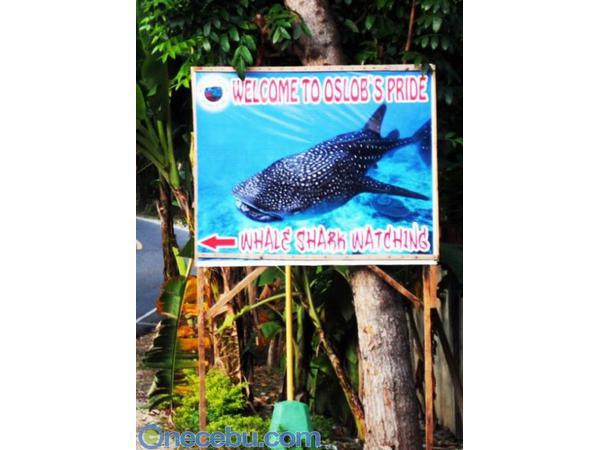
Continue reading...
Tourist Attractions South of Cebu: Historic Boljoon
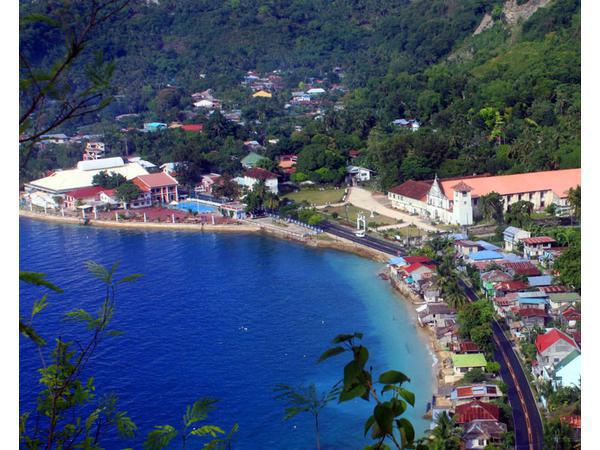
Continue reading...
Tourist Attractions South of Cebu: To Alcoy We Go
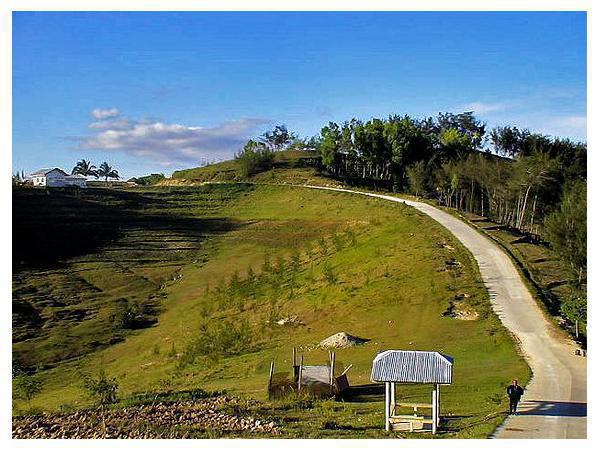
Continue reading...
Tourist Attractions South of Cebu: Dalaguete, the Summer Capital of Cebu
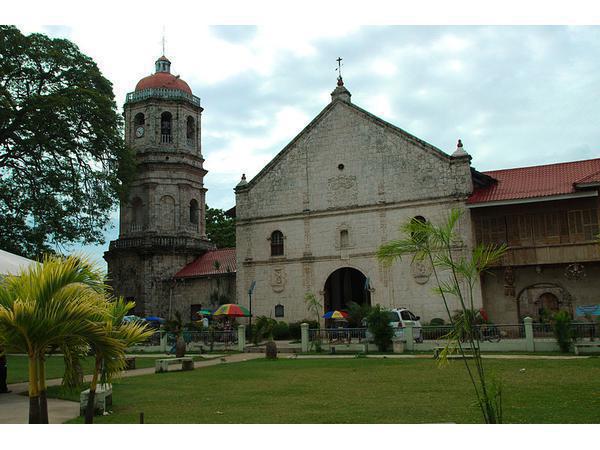
Continue reading...
Tourist Attractions South of Cebu: Let’s Head to Sibonga!
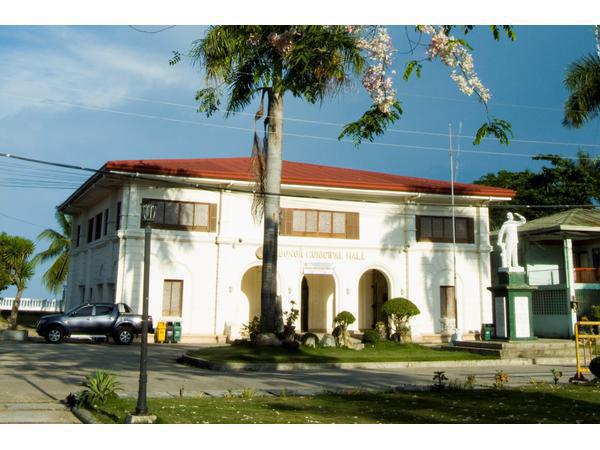
Continue reading...
